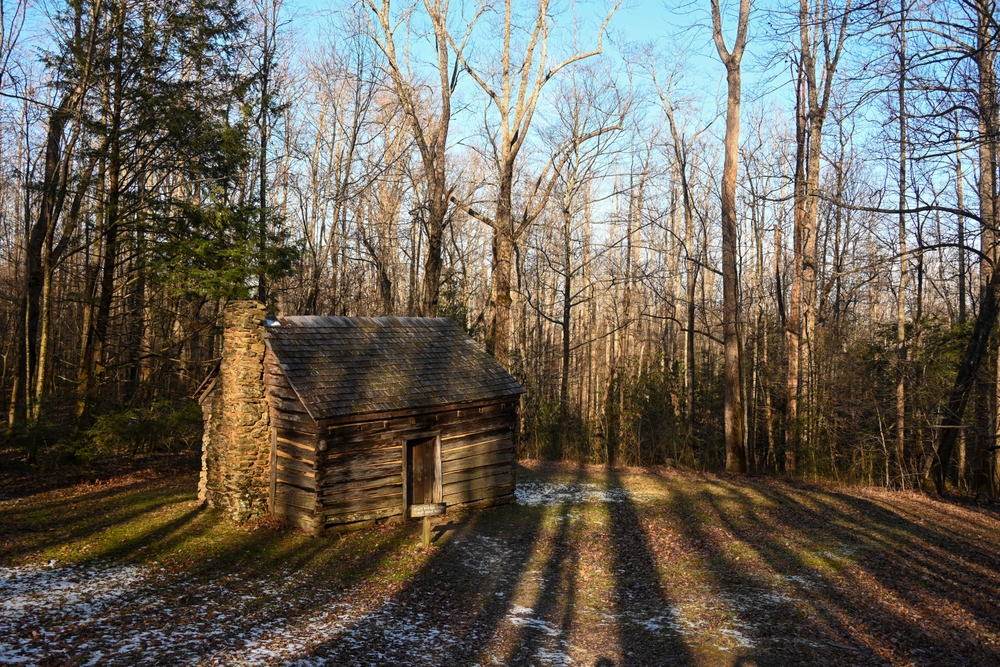The Smoky Mountains National Park has a lot of rich history. You can see its remnants when you look at the structures around the area. The National Park Service has worked hard to preserve them. If you love the popular ones, such as the John Oliver Cabin in Cades Cove, there is still more ground to cover. Read on to learn more before your next visit. Here is a list of 4 less-traveled places to learn about Great Smoky Mountains history:
1. William Baxter Cabin

William Baxter was born in 1847 and was the son of a Primitive Baptist Church reverend. During his teen years, Baxter fought in the Civil War for the Confederacy. He fought in Vicksburg Mississippi as part of the River Defense artillery and returned home to Tennessee after the war ended. Baxter then married and had several children. He built what would be known as the William Baxter Cabin in 1889. It was a single-room cabin that was constructed from a giant chestnut tree. The fireplace floor had a root cellar that stored the family’s harvest. The property also had a corn crib, which has since been moved to the Mountain Farm Museum near the Oconaluftee Visitor Center. You can still see the main cabin on the Maddron Bald Trail, one of the hiking trails built by the Civilian Conservation Corps!
2. Rock House
Another place to learn about Great Smoky Mountain history is at the Rock House. It was a private fishing cabin built in 1927 by an outdoorsman named Shelby Layman. Today, you can still see it on the Old Sugarlands Trail. You just have to go down a beaten footpath that is a little more than 2 miles from the trailhead. You will then cross Big Branch Stream. While the Rock House does not have a roof anymore, you can still make out 2 distinct sections. One has remnants of a bedframe and fireplace, while the other has pieces of a gas stove. These were most likely the bedroom and kitchen.
3. House of Fairies

The House of Fairies was built by Louis E. Voorhies around 1928 as part of his family’s mountain retreat. To get there, hike the Twin Creeks Trail, which has a roundtrip distance of 4.5 miles. The House of Fairies is a stone structure that was originally a springhouse. Drinking water was stored here to keep it clean. Today, the structure has an open door, so feel free to go explore inside. While House of Fairies was not the original name, it looks like a place where mythical creatures could live.
4. Pearl Harbor Tree
The Pearl Harbor Tree is a special sweetgum tree in Cades Cove that was planted by Golman Meyers in 1941. It is meant to be a memorial for his sons and all the other men who lost their lives during the attack. The tree started as a sapling with an automobile rim around it and has since grown to be 60 feet tall. You can find it around one of the overlooks on Cades Cove Loop Road. Be sure to get there early to avoid crowds, as the overlook only has about 20 parking spots.
Now you know about some of the least-traveled places to learn about Great Smoky Mountains history. Want to continue reading about the area’s unique history? Learn more about a few influential people who helped shape Smoky Mountain history!








